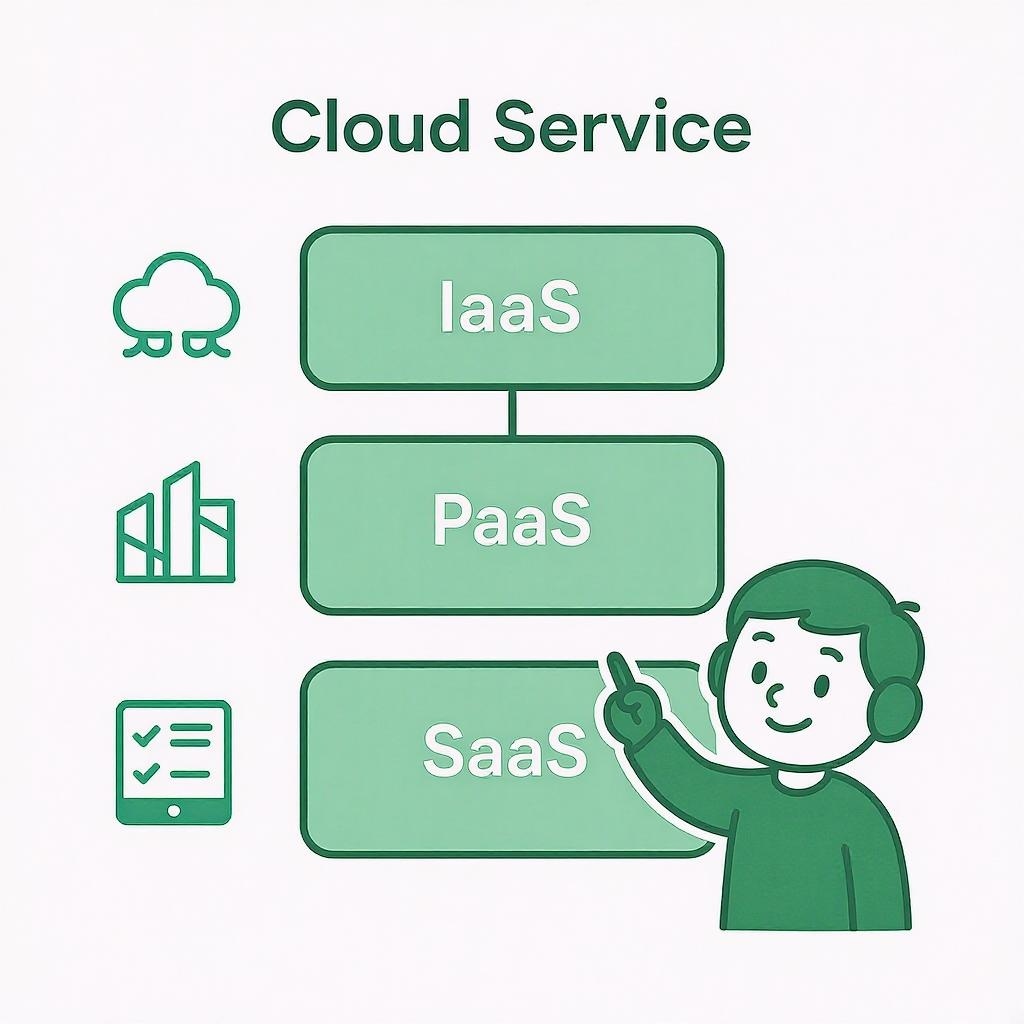Software Integration
Connecting different software programs to function together as a unified system, enabling seamless data flow and enhanced operational efficiency.
- Unified Systems
- Data Synchronization

What is Software Integration?
In computing, software integration is the process of connecting or combining different software programs or components so they function together as a single, unified system. This allows applications to interact, share data, and operate in harmony.
Primary Goal
The primary goal is to facilitate the transfer and synchronization of data between various software components, creating a more efficient and high-performing system.
Understanding Software Integration
Integration Forms
Software integration takes many forms, ranging from linking two specific applications to integrating complex IT systems.
Integration Tools
It may involve the use of Application Programming Interfaces (APIs), webhooks, or other tools to establish communication between components.
Examples of Software Integration
Application Integration
Connecting a CRM (Customer Relationship Management) system to an ERP (Enterprise Resource Planning) system to synchronize customer and order information.
- CRM ↔ ERP Integration
- Real-time Data Sync
Data Integration
Consolidating data from various sources (databases, spreadsheets, etc.) into a centralized data warehouse.
- Multiple Data Sources
- Centralized Warehouse
System Integration
Combining hardware and software systems to build a larger and more powerful infrastructure.
- Hardware + Software
- Scalable Infrastructure
Benefits of Software Integration

Enables different software systems to communicate and share information effectively.
Automates repetitive tasks and simplifies workflows.
Optimizes IT system operations and reduces the risk of errors.
Reduces manual data entry and streamlines daily tasks.
Allows systems to evolve and adapt to changing business needs.
Key Takeaway
Software integration is an essential process for companies aiming to optimize their IT systems and improve operational efficiency. By connecting different software components, businesses can achieve seamless data flow, reduce manual tasks, and enhance overall performance.
